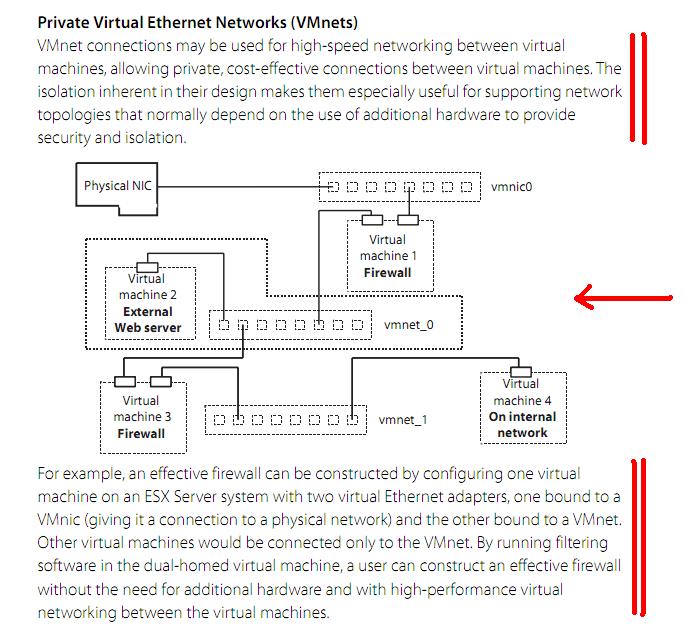VMware wants to be the VMware of Networking
There have been a lot of discussions lately about SDN (Software Defined Networking).
Arguably SDN may mean a lot of different things to a lot of different people. If you ask the like of Facebook, Google and academic researchers they will probably tell you that SDN is all about gaining full visibility (and control) on how packets flow on the network.
People and organizations that are closer to the commercial world may tell you that SDN is all about creating an abstraction layer (virtualization anyone?) in the network - from layer 2 all the way to layer 7. That abstraction will allow you to become more agile and flexible in how you define the network and security characteristics for the applications you are deploying. In fact (compute) virtualization can reduce the time to deploy an application from weeks down to minutes. However the network and security attributes of those applications may still require days if not weeks to be provisioned, effectively minimizing the advantage of (compute) virtualization.
I'd like to focus on the latter definition of SDN. And so would the large majority of my readers (as I don't think I have tons of Google and Facebook engineers reading my blog).
A few weeks ago Cisco's Lauren Cooney asked a question on twitter on the line of "how would you define SDN?". I answered that question (half) joking that my definition of SDN is found in the ESX 2.0 manual at page 18. For your convenience this is what I am talking about:

Look at the picture. Read the text. Note ESX 2.0 is a 2006 (circa) product. I still find amazing how this 6 year old thing maps nicely many of the current SDN discussions: separate software defined layer 2 networks connected with virtual firewall instances. How does this sound in the context of VXLAN, vShield Edge and adjacent technologies we are discussing today?
SDN purists may very well argue that this PDF was not including important aspects of SDN such as self-service capabilities and a proper API to access these functionalities. Fair enough. However this was 6 years ago and yet VMware had the foundation of SDN laid out in my humble opinion.
I also hear a lot of discussions about VMware missing credibility in the networking space. While I could say there are some brains in that space with a VMware badge today, I would agree VMware is not a known player there. Similarly a lot of vendors that have a strong networking credibility are missing virtualization credentials.
What I am saying is that, in my opinion, this is a complete new segment of the market and there are two paths to become a known SDN (aka "networking virtualization") leader. Either you are coming from a networking background or you are coming from a virtualization background.
In other words there are multiple approaches you can use to improve the network experience for customers. Networking vendors can take the concepts VMware implemented for server virtualization and apply them to their domain. Or VMware takes the concepts it has implemented in its domain and apply them to the networking domain. I don't think that, by the books, the former is the proper way to do things whereas the latter is VMware "invading" another domain.
In conclusion, I don't know whether VMware is going to be successful in becoming a leader of this new segment of the market that is taking shape as we speak... but I have this strong feeling that VMware wants to be the VMware of networking.
Massimo.